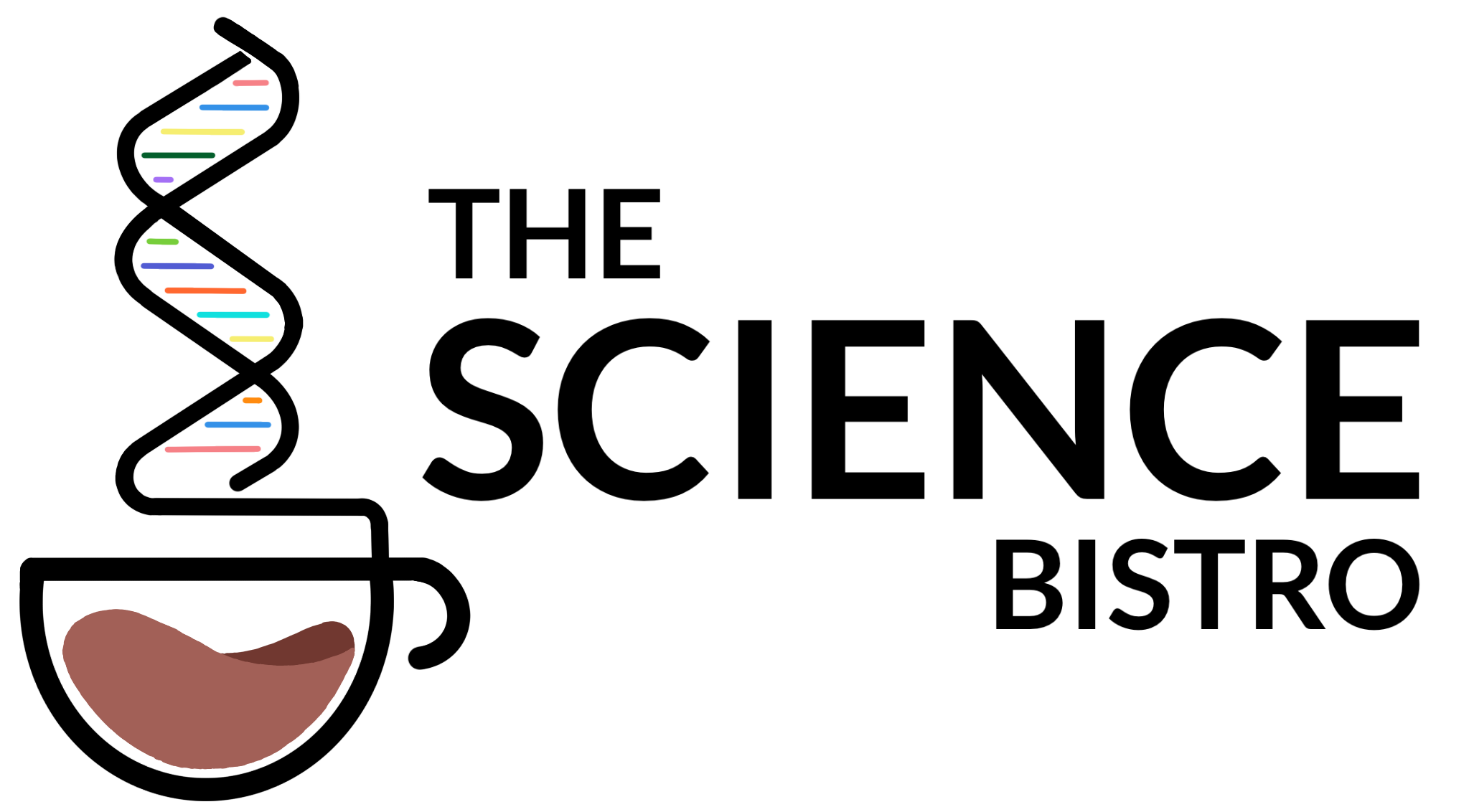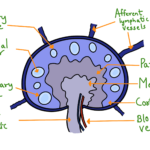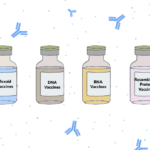Western blotting is a molecular biology technique widely used to detect the protein of interest from a pool of many proteins in a cell. Western blotting is also called protein immunoblot as it uses antibodies to detect the protein of interest. The technique is commonly used by a molecular biologist to characterize and visualize a protein of interest. Western Blot operates on the principle known as immunochromatography which uses three steps: separation of proteins based on their molecular weight, transfer of proteins onto a solid support and visualization of proteins using a protein-specific antibody. Western blot gets its name from a continuation of a naming system in which a technique of DNA detection was named after a scientist Edwin Southern. The term Western Blot was coined by W. Neal Burnette in 1981.
Steps in Western Blotting
As mentioned earlier, Western blotting consists of following steps:
Gel electrophoresis
In the very first step, the proteins from a cell lysate are separated by using gel electrophoresis. The separation can be based on any one of the properties such as molecular weight, isoelectric point, charge on the protein etc. The most common property that is used is the molecular weight of the proteins and the proteins are separated by using Polyacrylamide Gel Electrophoresis popularly known as SDS-PAGE. Treated samples are loaded onto different wells of the gel by usually keeping one well free for protein markers.
Transfer
Once the proteins are separated via SDS-PAGE the next step is the transfer of proteins onto a solid support. The support used can be a Nitrocellulose membrane or a Polyvinyl Difluoride (PVDF) membrane. Both membranes have their advantages and disadvantages. The researcher needs to take into consideration the best fit for the experiment. The technique that is used in the process of transfer is known as electroblotting. In electro-transfer, the electric current which is flowing from cathode to anode takes the negatively charged proteins with it. The proteins move via a gel to the membrane.
Blocking
The property of membrane used is that it can bind to proteins and as discussed earlier the technique uses antibodies which are also proteins, proper action must be taken to avoid the unwanted interaction between antibodies and membrane. For that purpose, blocking is done which is a procedure of attaching other proteins onto a membrane at sites where transferred proteins are not present. This is achieved by using Bovine Serum Albumin or not fat milk powder in a buffer along with Tween 20 or Triton-X. The membrane is incubated with this solution for some time to achieve blocking of the membrane.
Incubation with primary antibody
Once the blocking is done, the membrane is incubated with a primary antibody. The primary antibody is a protein-specific antibody that is very specific to the protein of interest. During the incubation primary antibody attaches to the protein of interest on the blot. The incubation is done by adding primary antibody typically in a ratio of 1:4000 with the blocking solution. The incubation can be done at 4℃ overnight but timing and temperature may vary in different experiments. After the incubation, the nonspecifically bound antibody is removed by a wash step using wash buffer for about 20 minutes.
Incubation with secondary antibody
After incubation with the primary antibody, the membrane is incubated with a secondary antibody. Secondary antibodies are primary antibody specific antibodies and attach to primary antibodies on a membrane. Secondary antibodies are linked to an enzyme that can convert the substrate added into a product which can be detected by proper visualization method. The incubation is done by adding a secondary antibody in a ratio of 1:2000 with the blocking solution. After the incubation is done the unbound non-specific antibodies are removed by a wash step.
Visualization
In the visualization step, the substrate is added to a whole membrane equally. As a secondary antibody has an enzyme attached to it, the substrate is converted to a product that can be visualized using a machine. The signal on the machine gives the information about the presence or absence of protein and the intensity of the signal gives the information about the amount of protein present.




